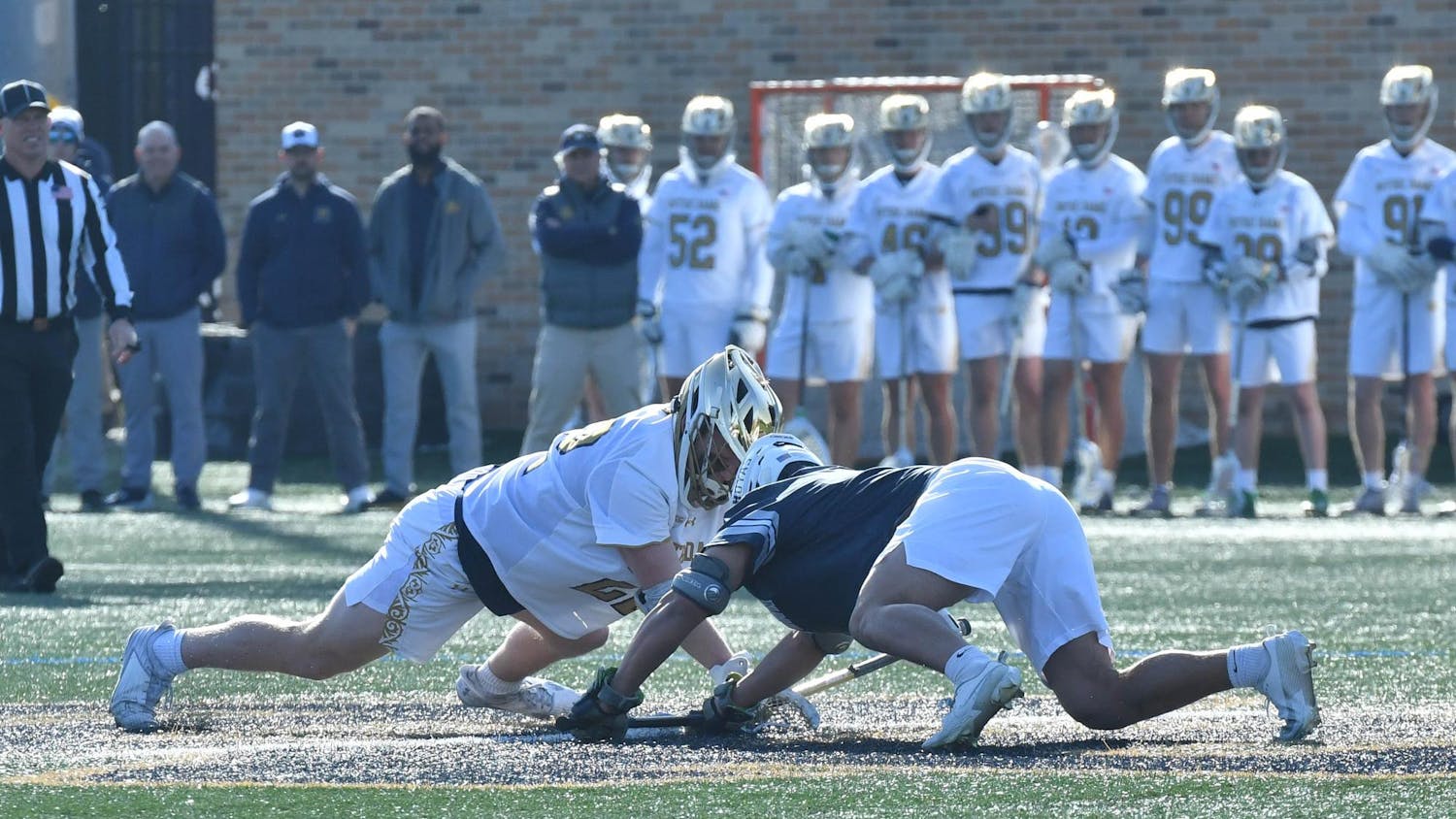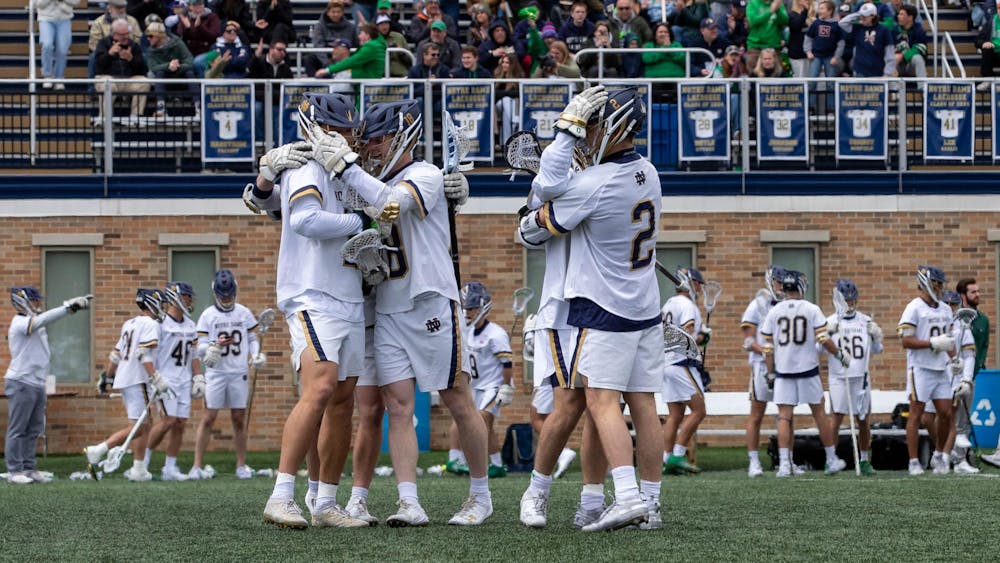With the end of March Madness and the approach of the NBA postseason, hope is on the horizon for the cellar dwellers of professional basketball.
For fans of the Philadelphia 76ers or Milwaukee Bucks, I can only assume that the end of the regular season must almost be as exciting as it would be if their teams were making the playoffs. It certainly is a merciful halt to the catastrophically bad seasons both teams have had.
The numbers speak for themselves. The 76ers tied a league record by losing 26 straight games and they still not could reach the standard of bad set by Milwaukee. Both teams rank in the bottom 10 of the league in almost every statistical category imaginable — points per game, points allowed per game, offensive efficiency, defensive efficiency, field-goal percentage and rebound margin, to name a few.
So why is there reason for hope? Well, the draft is just around the corner in June and this year’s crop of one-and-done players is one of the best in years, according to most scouts. Joel Embid, Andrew Wiggins, Julius Randle, Marcus Smart and Jabari Parker (assuming he declares for the draft) are all first-round picks that have the potential to push whatever team they land with into the playoffs, either in 2015 or down the road.
So if there’s no chance that a team will make the playoffs — the situation the Bucks and 76ers, along with the Lakers, the Celtics and the Magic, have found themselves in the past few weeks — why wouldn’t that team’s coach do his best to make sure that the franchise got the best available pick in June?
Tanking, or losing on purpose, has been a fairly common tactic of the league’s worst in the bid to secure the best draft pick possible. It happens most often in basketball because — unlike baseball or sometimes hockey — draft picks, if they work out, can make an immediate impact on their team. In football, one great draft pick can immediately reverse a team’s fortunes — Andrew Luck and the Indianapolis Colts come to mind — but with more players on the field and two entirely separate groups of starters, it is definitely rarer.
So tanking has a high upside for basketball teams, especially when they have the chance to land a franchise player that they can build their lineup around. To be fair, on an individual level, for players that are trying to sign multi-million dollar contracts, there is little incentive to tank. Besides, nobody likes losing. But coaches have the final decision on who plays and who does not. In the final months of the 2005-2006 season, the Minnesota Timberwolves took star Kevin Garnett out of several close games in the fourth quarter for no strategic reason and finished with a top-10 draft pick.
In the short term, tanking makes for basketball that is so bad for fans to watch that it is embarrassing. The Bucks and the 76ers rank last in the NBA in attendance. But fans demand excellence year after year, and in the long run, tanking can be the start of a wildly successful stretch.
The San Antonio Spurs had the worst season in franchise history in 1996-1997, but I doubt any current fan cares, because from that awful year, the Spurs secured the top pick in the draft and selected Tim Duncan, who has led the team to four championships and 16 straight playoff appearances since.
Recent concerns about tanking, coupled with a new commissioner in Adam Silver, have led to proposals that would eliminate or penalize the practice. But small-market teams like Milwaukee simply do not have the money to compete in the free agent market against big-spenders. The draft is the only way they can possibly get the top-level talent needed to make the NBA a truly competitive league. And the best way to ensure a high pick is to lose. Coaches and general managers have little incentive not to tank. For fans, one abysmal season is sometimes the price you pay for long-term success.













